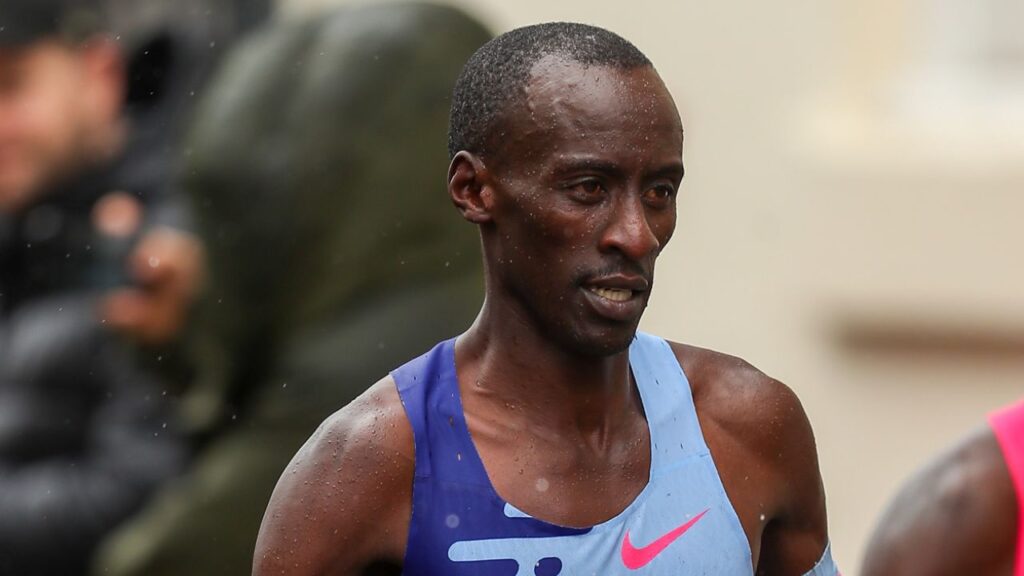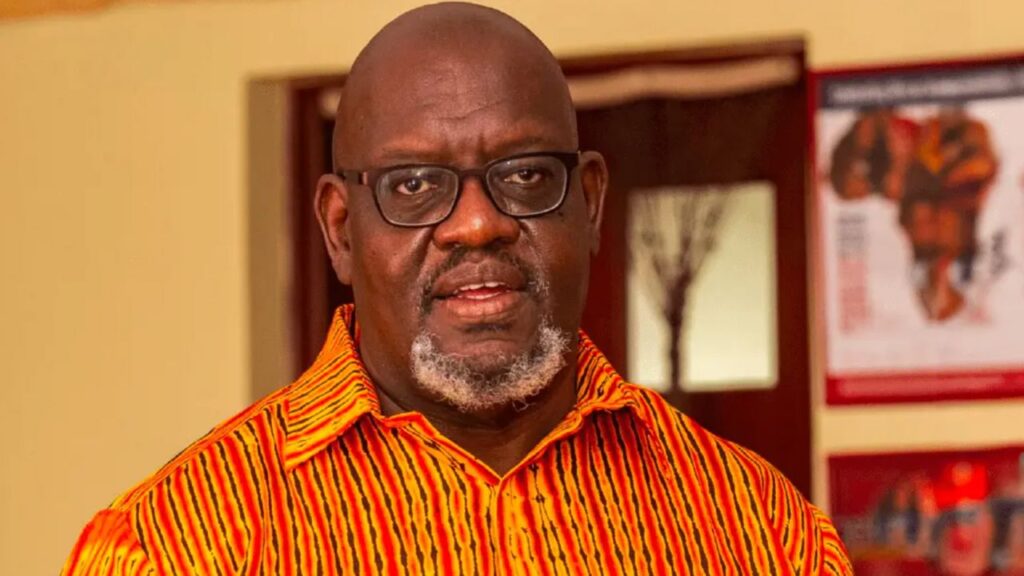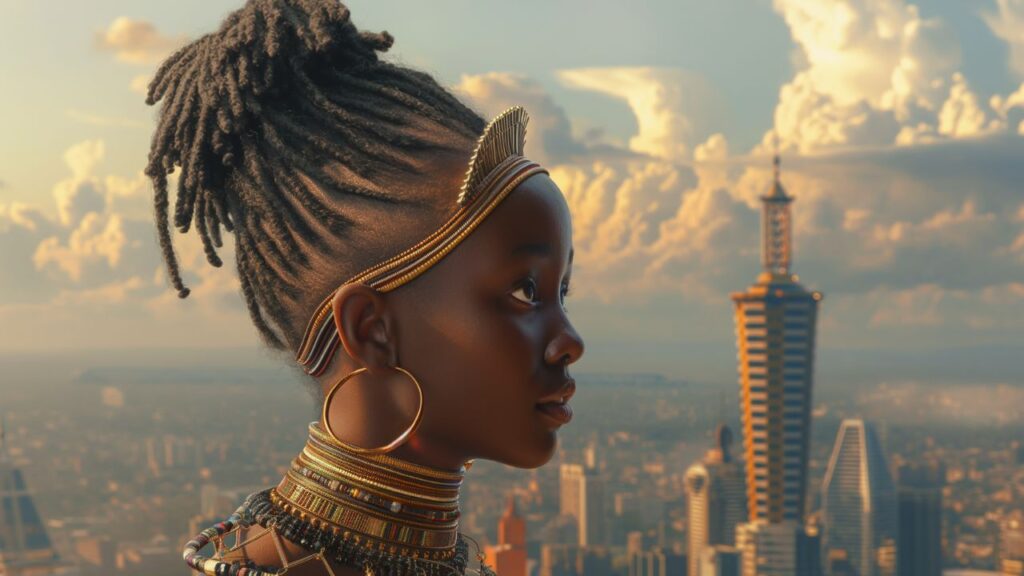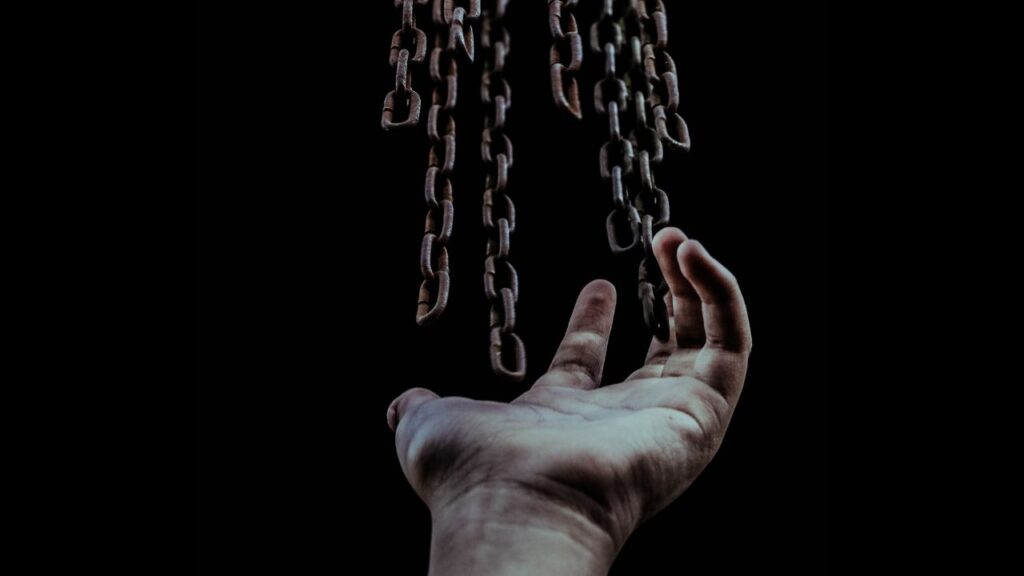I’m a journalist. And I belong to Gen Z – the digital generation, the most tech-savvy young people the world has witnessed thus far. But when I face the raw truth of this land – police brutality, people swallowed by shadows, the fury of the mob, I feel like a bystander to a tragedy I can’t stop.
Sure, I can write the stories, but the words might not be of much help, especially for those whom tragedy has struck. But is there anything, anything at all, we the young can do to grab this tragedy by the throat and wrestle it to the ground?
It was not until the 2023 International Day of Democracy that I learned about Social Justice Centres (SJCs). Young human rights advocates from the grassroots flocked the grounds of the National Museums of Kenya. As they boldly chanted and sang on stage about countering inequality, a spark was kindled within me. I had to find out more about how people that young could care enough to dedicate their lives to advocacy.
A mutual friend introduced me to Daniel Mala alias Habib, a man so passionate about advocacy that he has founded two SJCs. Awestruck by his achievements, I was keen to find out what planted the seed of advocacy in him and kept it thriving each day.
Growing up in Kariobangi, Habib saw his peers lose their lives through crime. “Sometimes celebrating your 25th birthday in such an area is nothing short of a miracle,” he told me.
Habib saw politicians misusing young people for their own selfish interests and made up his mind to make a lasting impact in his neighbourhood. Fed up with the injustice that was rapidly swallowing the youth in his community, together with friends, Habib founded the Dandora SJC in 2018 with the main aim of bringing an end to extrajudicial killings in that area of Nairobi.
Habib moved back home in 2019 where he formed the Kariobangi SJC to counter human rights violations in the area and facilitate access to justice for vulnerable and marginalised groups.
As we spoke, Habib explained how effective SJCs are since they are based in the heart of the communities where social injustice thrives. Here, victims of injustice can easily approach them for help. He expressed the fear, however, that although SJCs have over the years been very effective in fighting social injustice and advocating for human rights, the reality is that their sustainability is at risk as interest in volunteering among Gen Zers wanes.
This revelation puzzled me. Why would a generation so vocal and expressive shy away from the world of activism? So I caught up with Musa Macharia, a vibrant 21-year-old artist and volunteer at Kayole Social Justice Centre.
Macharia too has grown up in an informal settlement – in Kayole, Nairobi. With a population of more than 189,000 people, Kayole has for years hit news headlines with gruesome tales of abject poverty, gang violence and social injustice meted out against the urban poor.
Why would a generation so vocal and expressive shy away from the world of activism?
Kayole residents have often borne the brunt of police brutality each time there has been political unrest in the country. “Seeing my people suffer these ills prompted me to advocate for the right to life by condemning police brutality in Kayole,” he told me.
Macharia’s involvement in an SJC inspired me. As he spoke passionately about using his artistic talent to counter issues such as Gender-Based Violence (GBV) and pollution, and to promote ecological justice in the buzzing slum, it became clear to me how pivotal the involvement of Gen Zers is in combating injustice in Kenya. From political extremism to GBV to gang violence in Nairobi’s informal settlements, the youth are often both perpetrator and victim, ending up either dead or languishing behind bars.
Listening to Macharia, I found myself imagining a Kenya in which all Gen Zers were human rights advocates, activists against the social injustice faced by their peers in Kenya’s informal settlements and elsewhere in the country.
Reaching the digital native
For Gen Zers, advocacy doesn’t have to involve demonstrating in the streets while waving placards. Born into a digitised world, most of the Gen Z demographic has grown up around technology, with many having access to the internet at an early age. There hasn’t been a single day I have gone to bed without scrolling on TikTok myself.
As the world changes and more and more eyes become glued to smartphone screens, SJCs should adopt the use of short documentaries and TikTok videos that are both fun and educational. Using TikTok challenges and hashtags may draw more youth into activism and indeed, while the trend in TikTok advocacy is rapidly picking up, the use of X (formerly Twitter) Storms to push advocacy campaigns has seen a marked increase in interest among Gen Zers.
Speaking to Macharia confirmed what I have always suspected: “It’s hard for young Gen Z citizens to listen to the older generations since they feel that they cannot relate with their struggles and their solutions are old-fashioned,” he confided.
Massive involvement of Gen Zers in the world of advocacy would have an impact since young advocates can appeal to their peers to promote social justice. When your age mates are part of such huge movements in society, it is hard to turn a blind eye to the oppressed in your neighbourhood.
Poverty and a crippling mindset
In my interactions with SJC leaders across the country, I have learned that what discourages Gen Zers from volunteering is the lack of financial gain. Many feel used if they work in human rights advocacy without pay.
The poverty that is the lot of young people in informal settlements has proven to be a hindrance to justice in Kenya; the constant oppression has caused Gen Zers to give up on salvation from the social injustice that plagues their neighbourhoods. Imagine going out to volunteer all day, only to return home without a meal for yourself or your family. This is the reality for many Gen Zers in the ghetto who do not live with their parents.
The poverty that is the lot of young people in informal settlements has proven to be a hindrance to justice in Kenya.
Indeed, studies show that young people living in informal settlements begin living independently earlier than their peers in wealthier neighbourhoods. Their struggles are, therefore, very different from those of youth living in affluent areas.
Although it has played a significant role in advancing human rights over the years, an increasing lack of interest in volunteering among Gen Zers is threatening the sustainability of human rights advocacy.
But there is hope if Gen Zers are also allowed to take their place at the helm in advocating for social justice. Allowing Gen Zers to forge their advocacy campaign strategies often yields the greatest fruits since they bring passion to cause when left to trace their own paths.








